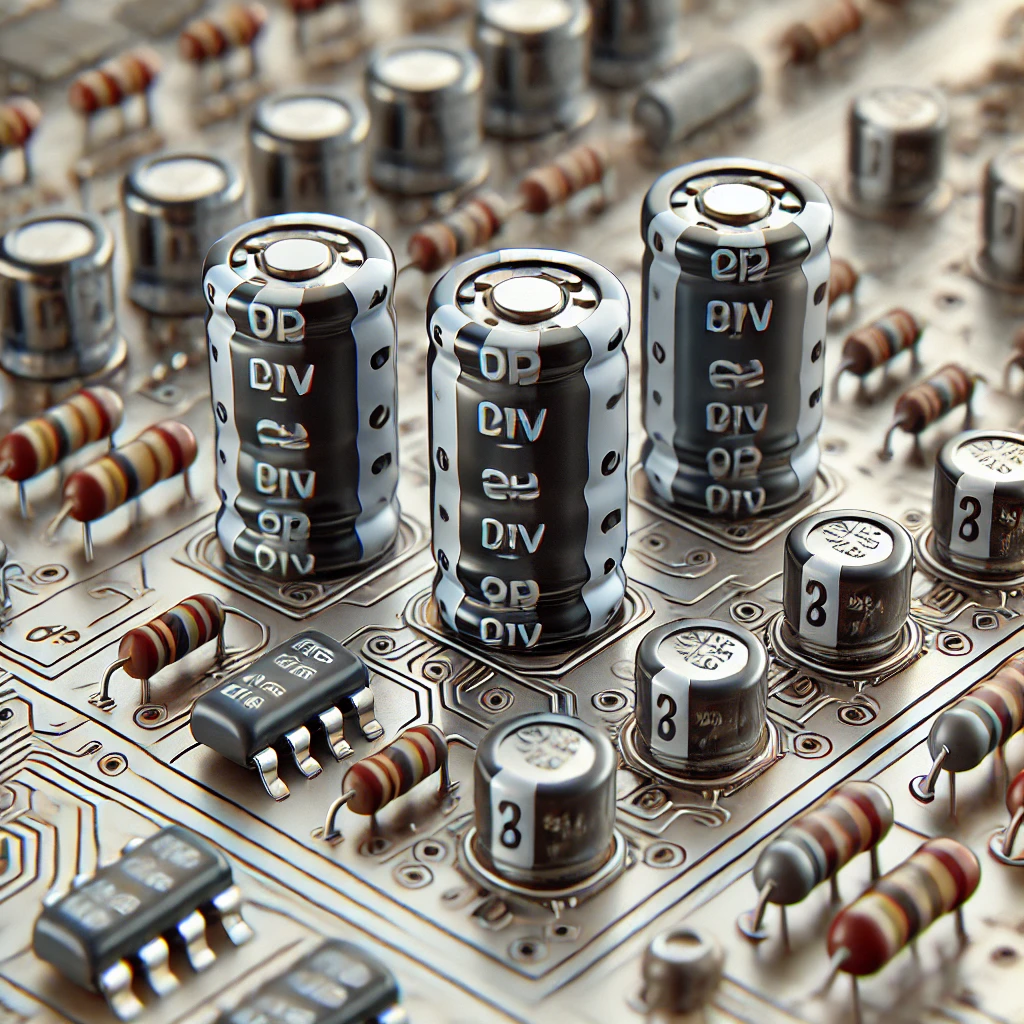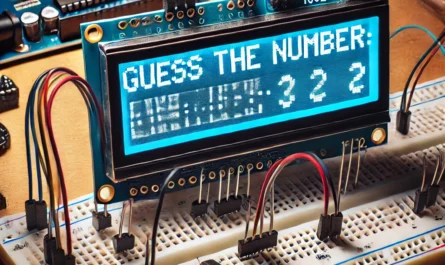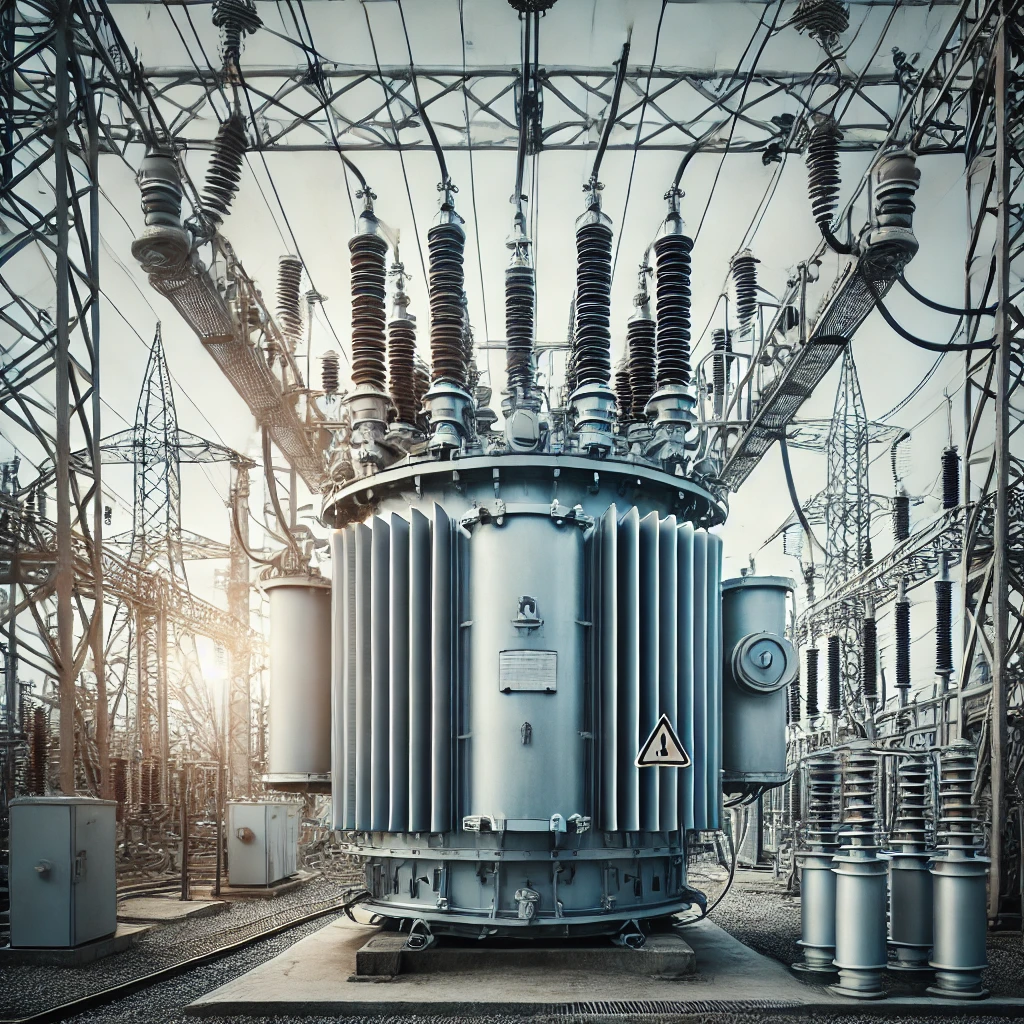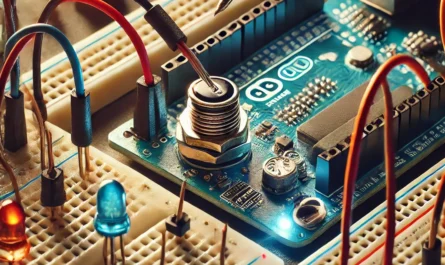A resistor is a passive electrical component that limits or controls the flow of electric current in a circuit. It does this by providing resistance, measured in ohms (Ω). Resistors are fundamental in voltage division, current limiting, signal processing, and power management in electronic circuits.

📜 History of Resistors
1️⃣ Early Discoveries (1827-1900s)
- Georg Simon Ohm (1827) discovered Ohm’s Law (V = IR), defining the relationship between voltage, current, and resistance.
- Early resistors were carbon-based and used in telegraphy and early electrical circuits.
2️⃣ 20th Century Advancements
- Wire-wound resistors were developed for high-power applications.
- Carbon composition resistors became standard in radios and electrical systems.
- The development of color coding (1920s-1950s) simplified resistor identification.
3️⃣ Modern Resistors (21st Century)
- Surface-mount technology (SMT) made resistors smaller for compact electronics.
- Precision resistors for aerospace, medical, and computing applications.
🔹 Types of Resistors & Their Applications
1️⃣ Fixed Resistors
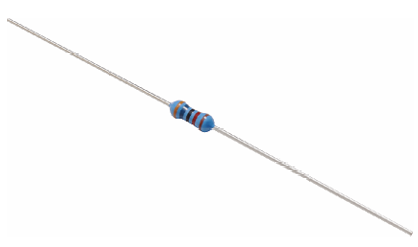
📌 Purpose: Provide a constant resistance value.
📌 Examples: Carbon Film, Metal Film, and Wire-Wound Resistors
✅ Applications:
- Voltage dividers in electronic circuits.
- Current limiting in LED circuits.
2️⃣ Variable Resistors (Potentiometers)
📌 Purpose: Adjustable resistance for tuning and control.
📌 Examples: Rotary Potentiometers, Trimmer Resistors
✅ Applications:
- Volume control in audio systems.
- Tuning circuits in radios and amplifiers.
3️⃣ Thermistors (Temperature-Dependent Resistors)
📌 Purpose: Resistance changes with temperature.
📌 Examples: NTC (Negative Temperature Coefficient) and PTC (Positive Temperature Coefficient) Thermistors
✅ Applications:
- Temperature sensors in thermostats.
- Overheat protection in power supplies.
4️⃣ LDR (Light-Dependent Resistors)
📌 Purpose: Resistance changes with light intensity.
📌 Examples: Cadmium Sulfide (CdS) LDRs
✅ Applications:
- Automatic streetlights and light-sensitive alarms.
- Camera light meters.
5️⃣ High-Power Resistors
📌 Purpose: Handle high current and heat dissipation.
📌 Examples: Wire-wound Resistors, Cement Resistors
✅ Applications:
- Power supplies and motor control circuits.
- Braking resistors in electric vehicles.
🔹 Applications of Resistors
1️⃣ Current Limiting in LED Circuits
✅ Example: Resistor prevents excessive current from damaging an LED.
Circuit Example:
Power Supply → [Resistor] → LED → Ground
- Without a resistor, the LED would burn out.
2️⃣ Voltage Dividers
✅ Example: Used to reduce voltage for microcontrollers and sensors.
Voltage Divider Formula:
Vout = Vin * (R2 / (R1 + R2))
- Used in analog sensors and battery monitoring.
3️⃣ Pull-Up and Pull-Down Resistors
✅ Example: Used in microcontroller inputs (Arduino, Raspberry Pi) to avoid floating states.
Circuit Example:
Button → [Resistor] → Microcontroller Pin
- Ensures a stable HIGH or LOW logic level.
4️⃣ Temperature and Light Sensors
✅ Example:
- Thermistors for temperature control in HVAC systems.
- LDRs for automatic streetlight switching.
5️⃣ Power Control & Motor Circuits
✅ Example:
- High-power resistors limit current in DC motors.
- Braking resistors control speed in electric vehicles.
🔹 Summary of Resistor Types & Applications
| Type of Resistor | Function | Example Uses |
|---|---|---|
| Fixed Resistor | Provides constant resistance | Voltage dividers, LED protection |
| Variable Resistor | Adjustable resistance | Volume control, tuning circuits |
| Thermistor | Temperature-dependent resistance | Temperature sensors, circuit protection |
| LDR (Photoresistor) | Light-dependent resistance | Automatic lighting, cameras |
| High-Power Resistor | Handles large currents | Power supplies, motor control |
⚡ Conclusion
Resistors are essential components in electronics, controlling voltage, current, and signals in countless applications. From simple LED circuits to advanced computing systems, resistors play a key role in power management, automation, and sensing.


